When it comes to maintaining a youthful, glowing complexion, there’s no anti-aging ingredient more celebrated than retinol. Because it boosts collagen production, unclogs pores and regulates cell turnover, the powerhouse ingredient comes highly recommended by the skincare community. But its potency often results in this ingredient being misused, causing excessive irritation. Like other retinoids such as retinyl palmitate and retinoic acid, retinol is a vitamin A derivative and is commonly used in mass-market skincare products to combat fine lines and wrinkles. Here, dermatologists break down how to incorporate retinol into your routine and when to try an alternative instead to achieve younger looking skin.
“The number one mistake when using retinol for the first time is using too much,” says Dr. Geeta Yadav, a board-certified dermatologist and founder of Facet Dermatology, of the pea-sized amount you only really need to cover the entire face. “Retinol can be highly irritating and sensitizing to the skin as it is. Applying more won’t give you faster or better results—just more irritation.” Start off with a low percentage over-the-counter formula between 0.25 and 0.5 per cent once weekly for several weeks until your skin has adjusted. Then, up your application to twice weekly, and thrice weekly, until you’re ideally applying every night.
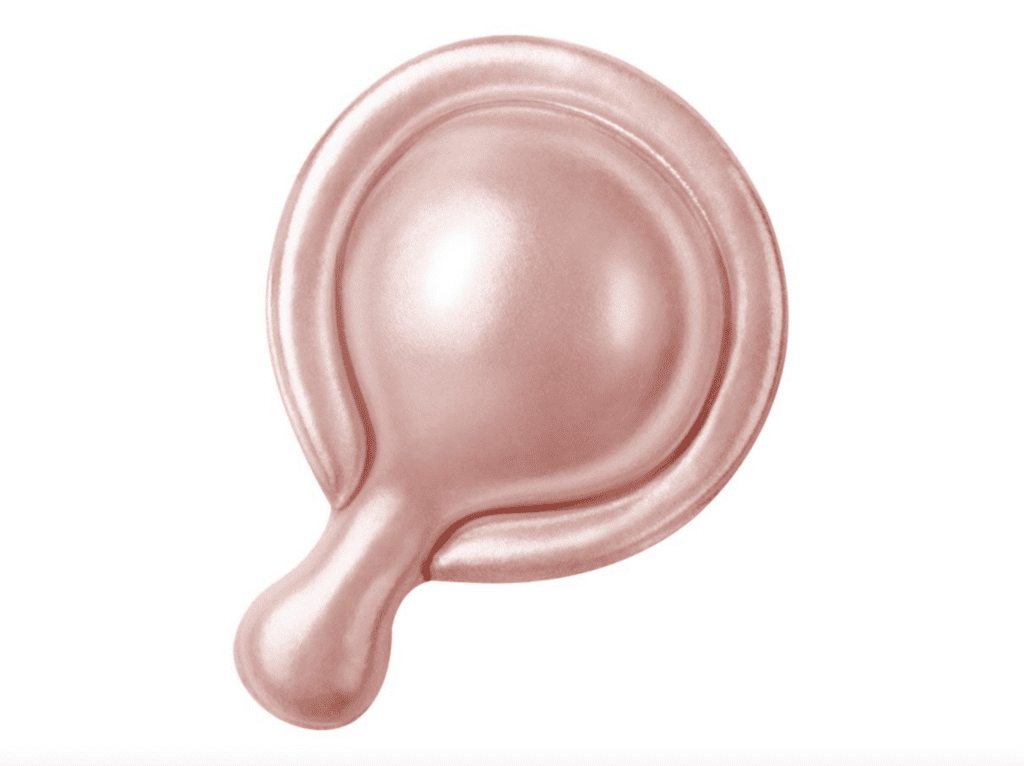
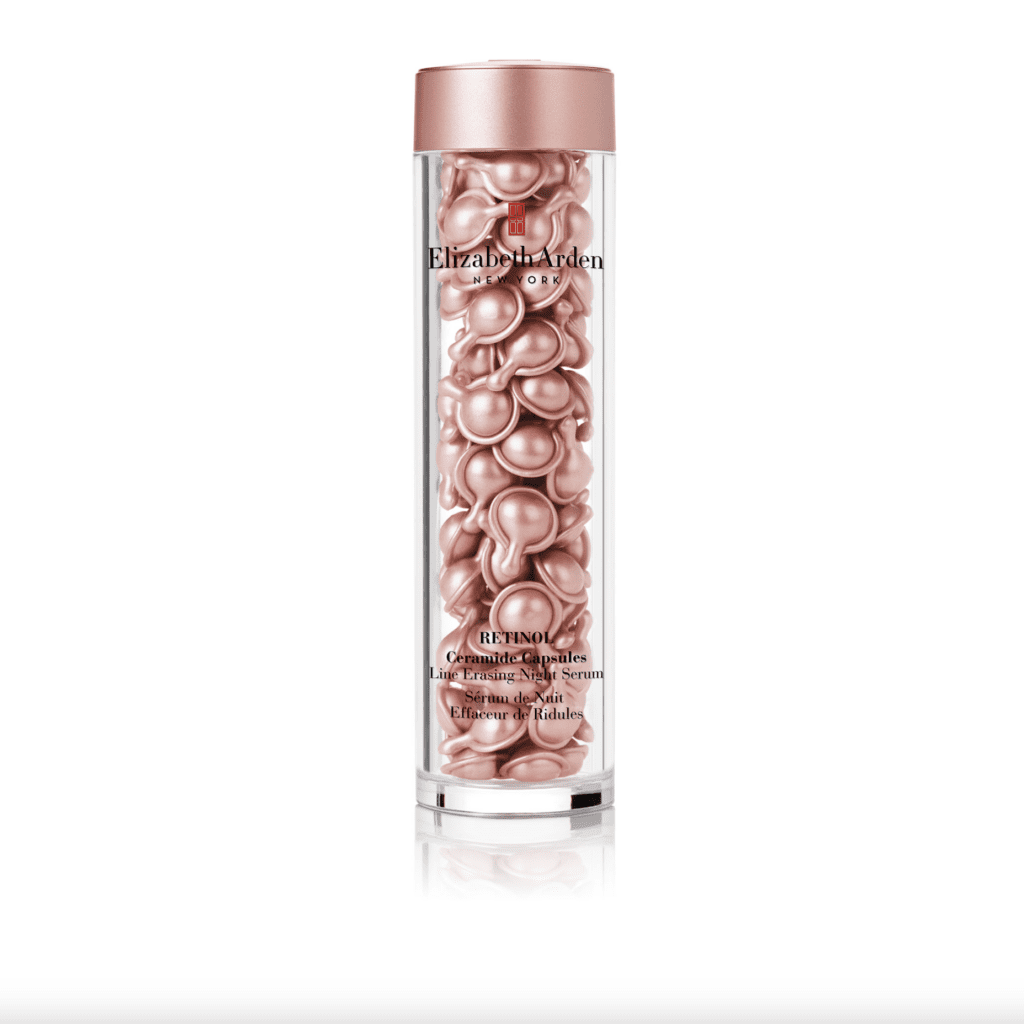
If you’re worried about the amount of retinol you’re applying to your face on a daily (or nightly) basis, Elizabeth Arden has the answer. The brand’s Retinol Ceramide Capsules Line Erasing Night Serum is a luxurious lightweight, semi-translucent serum that combines two of the biggest names in skincare in one, easy-to-use capsule. The formula provides visible results while helping to protect against the dryness and irritation often associated with retinol and the capsules guarantee that you use the perfect amount, every time.
When it comes to side effects of retinol, mild ones like flaking, dryness, redness and sun sensitivity are normal as your skin acclimates to the active ingredient. To help lessen irritation, Dr. Kyle Cullingham, dermatologist and owner and medical director of Saskatoon Dermatology Centre, stresses the importance of following retinol application with a thick moisturizing cream during the drier, winter months and a thinner, moisturizing lotion during the more humid summer months. And because many retinol products can lead to irritation with direct sun exposure, always use sunscreen with an SPF of at least 30.
With a vast array of moisturizers and serums that plague the shelves, choosing the right product type can be overwhelming. Besides a prescription-strength gel, an OTC serum will be the most effective product, says Yadav. “These types of treatments are most concentrated and applied first to the skin after cleansing, while moisturizers tend to be more diluted and are applied over serums, and thus must work harder to penetrate the skin, which reduces its potency.”
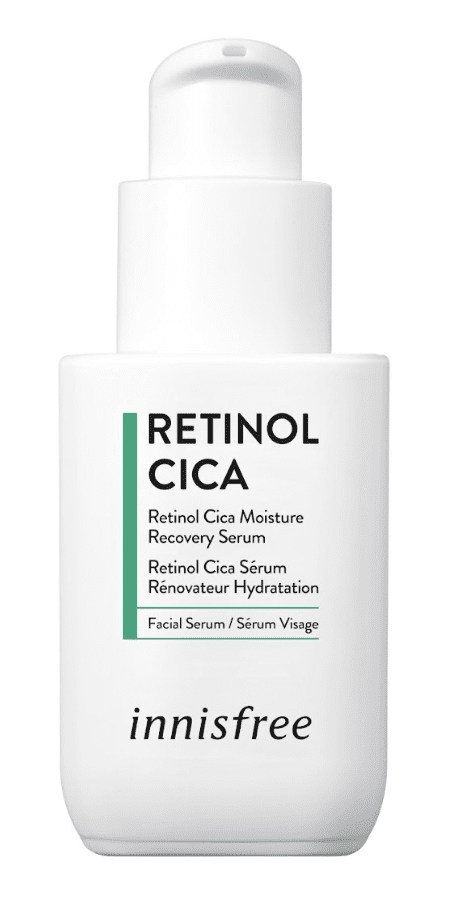
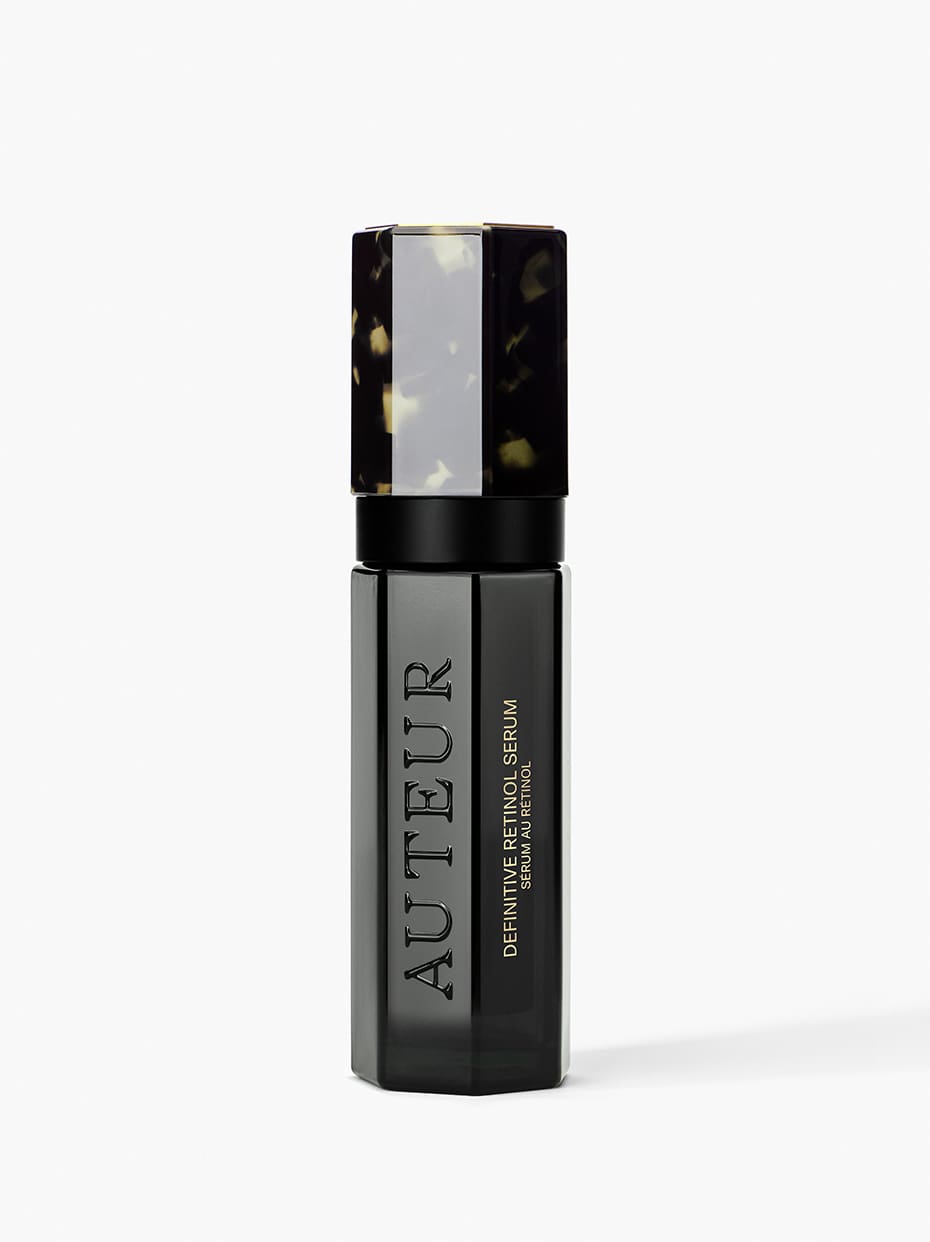
Like vitamin C, retinol can be unstable when exposed to light and air. When shopping for a retinol product, Dr. Dusan Sajic, dual board-certified dermatologist and anti-aging medicine physician, suggests ones that contain stabilizing ingredients like vitamin E, ferulic acid or peptides, which also hydrate and brighten the skin. To guard against light and air exposure, retinol products should also be packaged in opaque and airtight containers, like this Innisfree Retinol Cica Moisture Recovery Serum, a gentle retinol formulated with vitamin E, cica and niacinamide, which calms the skin and improves dullness.
First-time retinol users and those with more sensitive skin might prefer a time-released retinol, like this Auteur Definitive Retinol Serum, which combines encapsulated retinol and soothing ceramides to protect the skin barrier. Housed in a protective shell to prevent degradation, encapsulated retinol offers a controlled release of the active that penetrates the skin more slowly, allowing it to adjust to the ingredient as it absorbs, explain Yadav and Sajic. All this to say, encapsulated retinol reduces irritation and dryness, making for a more comfortable user experience.
Despite retinol being tolerated by most skin types, those with a history of rosacea, eczema, active acne or sensitive skin can find it especially irritating and could benefit from a retinol alternative instead. “I’d also recommend alternatives like bakuchiol if you’re on vacation in a very sunny destination, if you’re trying to conceive or currently pregnant, although you should always check with your OB about ingredients first, or sometimes in the winter when retinol dryness can be more notably bothersome,” advises Dr. Annie Liu, dermatologist and co-founder of DermCafé.
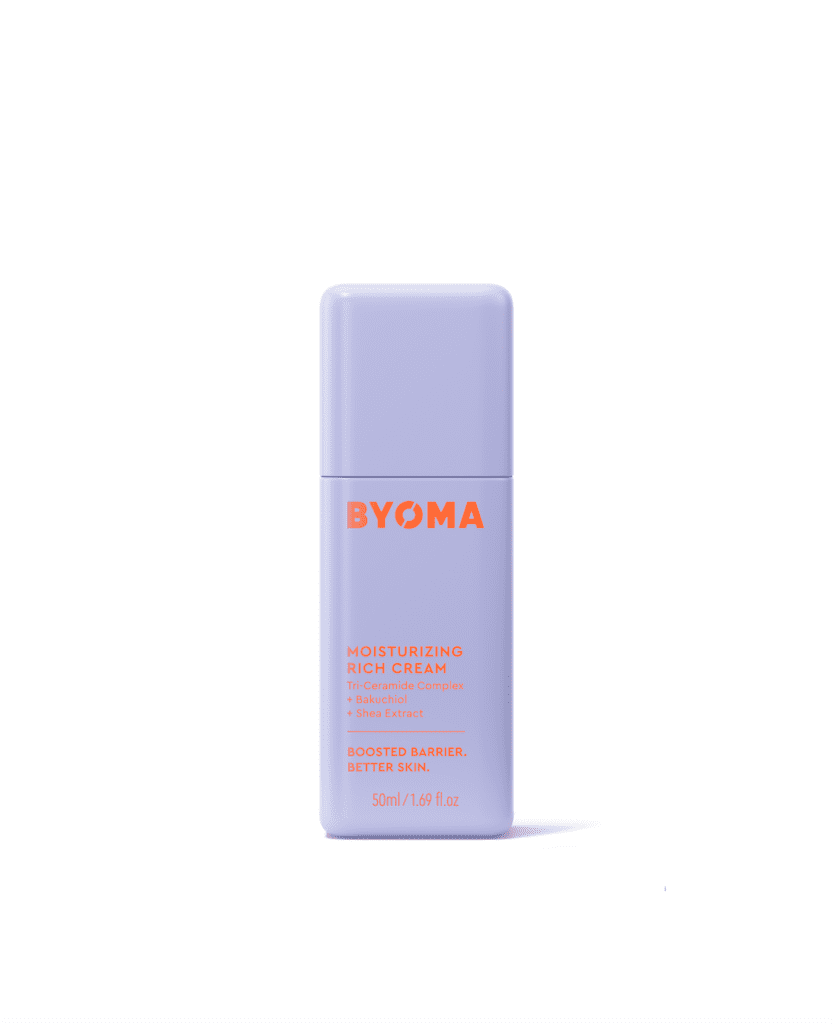
While peptides, azelaic acid and bakuchiol-containing products like the Byoma Moisturizing Rich Cream, have gained immense popularity for touting all the anti-aging benefits of retinol sans irritation, Cullingham reminds us that patience is key when using these ingredients. “It’s a marathon and not a sprint, so I recommend starting low at 0.5 to 1 per cent, and building to a higher concentration up to 2 per cent or even higher as patients find they’re able to tolerate the product without any irritation or dryness.” While most can expect results with retinol and bakuchiol as soon as two to four weeks, 12 weeks and beyond is more typical. —Vivian Chung

Be the first to comment